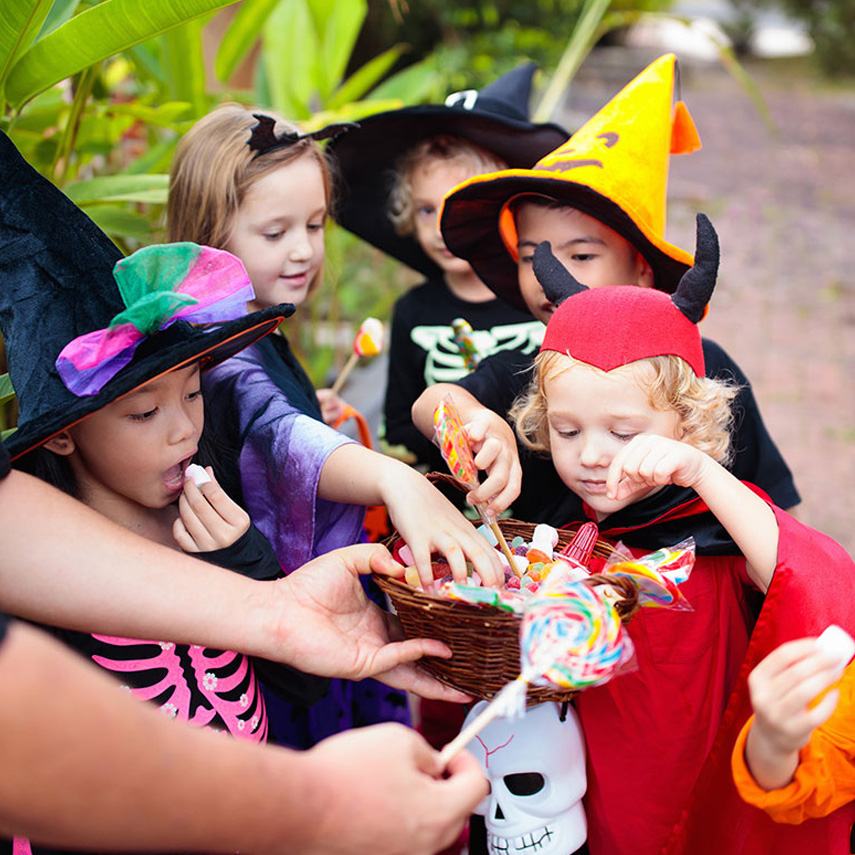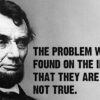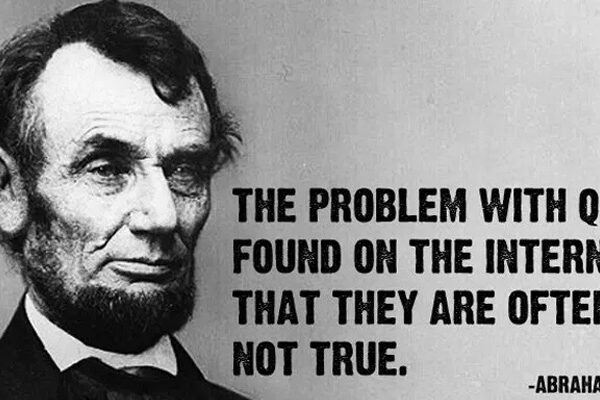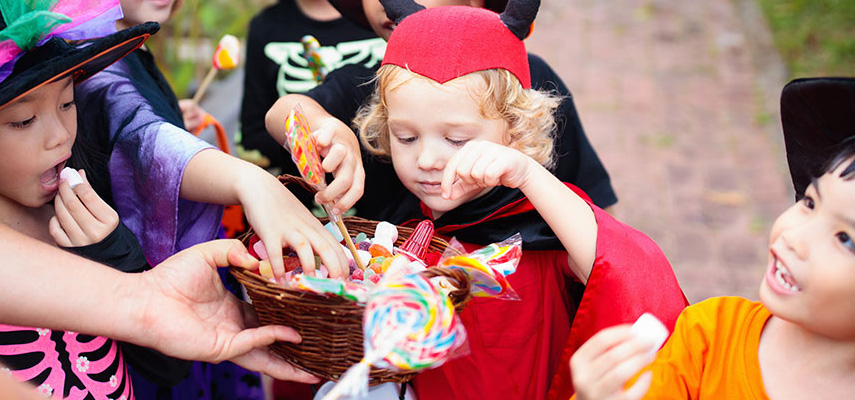 Tomorrow is the spoopiest day of all; Girl Scout Founder’s Day (look it up, or click here). Where we celebrate the tortured souls of children who haunt town after town, spreading their soul-stealing cookies like a plague across the continent. Yes, one day the girl scouts shall reign, and on that day you shall bend the knee to a society of death and destruction run by little girls selling mind-melting cookies to keep you complacent, where will your god be then plebian, oh wait that’s right, the girl scouts killed him you insignificant MORTAL!!! Just kidding… mostly. It’s Halloween tomorrow and so we wanted to talk about the very, very, very, very niche prospect of writing a Halloween story.
Tomorrow is the spoopiest day of all; Girl Scout Founder’s Day (look it up, or click here). Where we celebrate the tortured souls of children who haunt town after town, spreading their soul-stealing cookies like a plague across the continent. Yes, one day the girl scouts shall reign, and on that day you shall bend the knee to a society of death and destruction run by little girls selling mind-melting cookies to keep you complacent, where will your god be then plebian, oh wait that’s right, the girl scouts killed him you insignificant MORTAL!!! Just kidding… mostly. It’s Halloween tomorrow and so we wanted to talk about the very, very, very, very niche prospect of writing a Halloween story.
This article is a part of the All The Writing Spooktober Event, click here for more info.
What Are the Origins of Halloween?
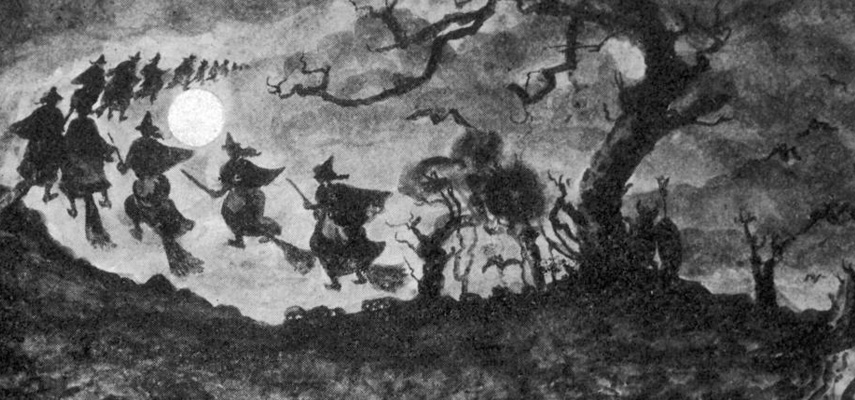 More like, “What does this have to do with anything?” amirite ladies? But no, seriously, why does this matter? Well, the answer is simple for most of us, it doesn’t, it only acts as a source for fun facts that you can use to avoid real social interaction. But for some of you out there, this could be used as an idea generator, because old “Halloween” has a lot of fantastical, creepy, and just straight-up neat elements that could make for any number of interesting stories. So let’s talk about a few of those elements.
More like, “What does this have to do with anything?” amirite ladies? But no, seriously, why does this matter? Well, the answer is simple for most of us, it doesn’t, it only acts as a source for fun facts that you can use to avoid real social interaction. But for some of you out there, this could be used as an idea generator, because old “Halloween” has a lot of fantastical, creepy, and just straight-up neat elements that could make for any number of interesting stories. So let’s talk about a few of those elements.
Also, if you want a more in-depth look at the origins of Halloween then the summary you can check out our source by clicking here, or you can read through and find it under the Links section of the article.
Samhain
 The Day of Obesity can be traced back to a 2,000-year-old Celtic tradition, Samhain. Samhain occurred on October 31st, the day before the Celtic New Year, and because the New Year was situated close to winter, which they often associated with death, they believed that the lines between life and death became blurred the day previous, October 31st. So basically on October 31st, grandma was free to return from the grave and haunt yo
The Day of Obesity can be traced back to a 2,000-year-old Celtic tradition, Samhain. Samhain occurred on October 31st, the day before the Celtic New Year, and because the New Year was situated close to winter, which they often associated with death, they believed that the lines between life and death became blurred the day previous, October 31st. So basically on October 31st, grandma was free to return from the grave and haunt yo butt pleasant face. But the return of grandma wasn’t the only strange occurrence on that day another side effect of the holiday was an increased ability to tell the future, which is pretty neat. So to summarize, the holiday consisted of carving scary turnips, dressing up to scare off grandma, and a bunch of drunk dudes gathering around a sacrificial bonfire to predict Johnny’s day of death. Which could also be called an average Tuesday at the author shed.
The Romans and All Soul’s Day
Later on, the holiday was swallowed up by the Roman Empire who took the tradition and combined it with some pre-existing parades, and there it lived a nice life. But when Rome became a Christian empire, a man by the name of Pope Boniface IV created an all-new holiday, All Soul’s Day which commemorated the souls of the dead. However, this holiday may have been created just to try and replace the pagan holiday of Samhain. To their dismay though the Scottish/Irish accent people just celebrated Samhain under a different name.
 The Naming and The Tricking-of-Treating
The Naming and The Tricking-of-Treating
The name Halloween also comes from All Soul’s Day nickname, All-Hallows. And because of this name people began to call the day prior All-Hallows Eve, which slowly morphed into the familiar name of Halloween.
 Also, fun fact, Trick-or-Treating probably comes from Soul Cakes, which were pastries given to beggars during the holiday. And from there it morphed into children going door to door asking for food, money, and some good ol’ ale mah lad. We wish we got money when we went Trick-or-Treating, but candy will have to do.
Also, fun fact, Trick-or-Treating probably comes from Soul Cakes, which were pastries given to beggars during the holiday. And from there it morphed into children going door to door asking for food, money, and some good ol’ ale mah lad. We wish we got money when we went Trick-or-Treating, but candy will have to do.
Halloween in America
Anyways, back on track. So as Halloween traveled across the ocean to the New World we see it take on a different form distinct to the American continent. This is because of the mixing Native American and colonist cultures. This mixing created an annual celebration of the harvest where people would come together and tell stories of the dead while partying the night away. But the holiday still wasn’t spread across the nation as it was only celebrated in a few of the colonies. That is until an influx of Irish immigrants came in and, as none of the kids say today,*clears throat* got jiggy with it.
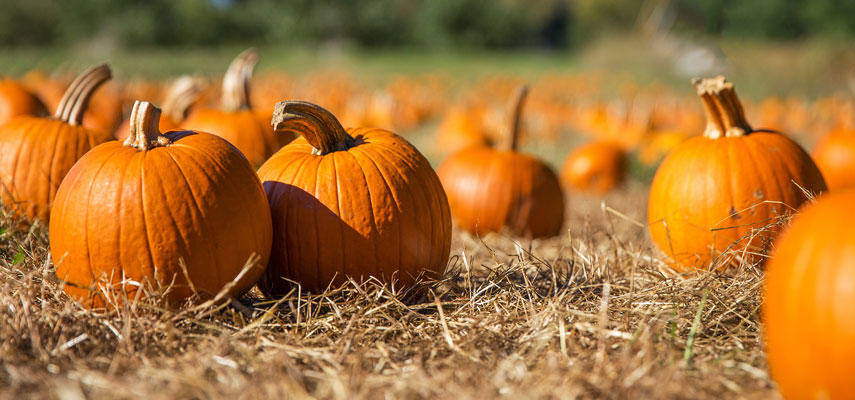 Along Halloween’s path to becoming what it is today, there were a few issues, one example being that the holiday was used as an excuse to vandalize property. But we ironed out the issues and found our way into the sweet arms of Trick-or-Treating, parties, family time, and wholesome horror films. So we hope you have a fun day tomorrow!
Along Halloween’s path to becoming what it is today, there were a few issues, one example being that the holiday was used as an excuse to vandalize property. But we ironed out the issues and found our way into the sweet arms of Trick-or-Treating, parties, family time, and wholesome horror films. So we hope you have a fun day tomorrow!
What Could Halloween Mean?
Stories will often have a morale, or at the very least a theme, and this lesson teaching based story is often more prevalent in stories based around the holidays. But how can the Season of Death contain any morale? It’s hardly like any of these wholesome family films that show up during Thanksgiving and Christmas and teach us all about the virtues of charity, family, and being kind to your fellow man. But the thing is that Halloween doesn’t really scream these kinds of things, of course it does have some elements of these stories like charity being shown through the giving out of candy, or families hanging out for a night of fun. But we think Halloween stories should be used to tell darker stories with darker themes, designed to get people thinking.
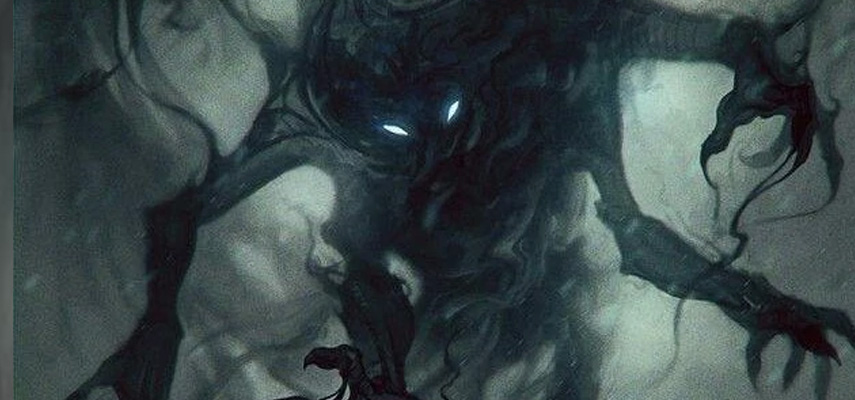 If you read through the previous section on the origins of Halloween you’ll see a lot of references to the dead, and how the Celts believed that death was much closer to the real world on Halloween (which in and of itself is a pretty cool story concept), which we don’t really see in Christmas stories. This is why Halloween is necessary, we need it to tell stories with morales and themes about death, despair, evil, and what exists beyond the veil. We need these stories to keep reminding people that though there is good in the world there are still lots of ways we have to go. And these kinds of stories won’t stop being written until our issues become figments of a broken past.
If you read through the previous section on the origins of Halloween you’ll see a lot of references to the dead, and how the Celts believed that death was much closer to the real world on Halloween (which in and of itself is a pretty cool story concept), which we don’t really see in Christmas stories. This is why Halloween is necessary, we need it to tell stories with morales and themes about death, despair, evil, and what exists beyond the veil. We need these stories to keep reminding people that though there is good in the world there are still lots of ways we have to go. And these kinds of stories won’t stop being written until our issues become figments of a broken past.
 Also, we need to remember that not every story that takes place in a Halloween-esque setting or time has to be a horror. And the notion of Halloween having to be scary is there simply because it’s easier to write dark stories through the guise of horror movies aimed at adults. But it also stems from the idea of adults holding all of the power to change the world, which is partially true, but it’s easy to forget that one day their children will be the adults in charge. So what we need is more dark stories designed to introduce heavy topics to a broader audience, like kids. But not going too far, we don’t want you writing a Psychological Horror for 3-year-old Timmy over here –> (O—O) “I eat souls,” what a sweet boy. So if you’re writing a Halloween story for a younger audience we suggest trying to create something wholesome with undertones of dark themes.
Also, we need to remember that not every story that takes place in a Halloween-esque setting or time has to be a horror. And the notion of Halloween having to be scary is there simply because it’s easier to write dark stories through the guise of horror movies aimed at adults. But it also stems from the idea of adults holding all of the power to change the world, which is partially true, but it’s easy to forget that one day their children will be the adults in charge. So what we need is more dark stories designed to introduce heavy topics to a broader audience, like kids. But not going too far, we don’t want you writing a Psychological Horror for 3-year-old Timmy over here –> (O—O) “I eat souls,” what a sweet boy. So if you’re writing a Halloween story for a younger audience we suggest trying to create something wholesome with undertones of dark themes.
So to summarize, in the most elegant way possible, Spoopy Day is to be used for Spoopy Themes. Yay!
Bro! You Wrote Cringe
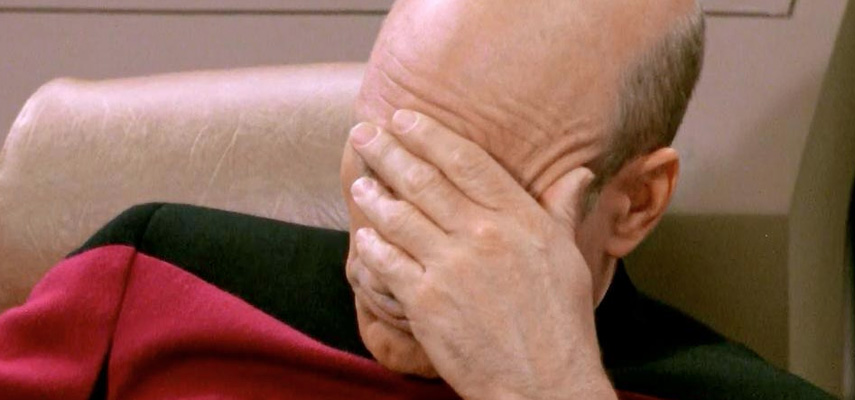 And we all know what writing cringe means, it means you’re going to loose subscriber. Which is no bueno. But how do we avoid being cringe in a story centralized around Halloween? Because holiday stories are notorious for inducing the painful wince. And the answer to that question is that your story shouldn’t centralize completely around Halloween. Because sticking to it too hard and bringing up every waking second of the story can drag it down to a kiddish level, which there’s nothing wrong with if that’s the audience you’re trying to appeal to, but we’re assuming you want to write something a little bit more deep and interesting. So what we suggest doing is setting up a story based on plot and characters and using Halloween as merely a setting or cool background element.
And we all know what writing cringe means, it means you’re going to loose subscriber. Which is no bueno. But how do we avoid being cringe in a story centralized around Halloween? Because holiday stories are notorious for inducing the painful wince. And the answer to that question is that your story shouldn’t centralize completely around Halloween. Because sticking to it too hard and bringing up every waking second of the story can drag it down to a kiddish level, which there’s nothing wrong with if that’s the audience you’re trying to appeal to, but we’re assuming you want to write something a little bit more deep and interesting. So what we suggest doing is setting up a story based on plot and characters and using Halloween as merely a setting or cool background element.
But this advice only applies to writing a story that is focused mainly on Halloween, and not just a story that features it.
Halloween As a Side Quest
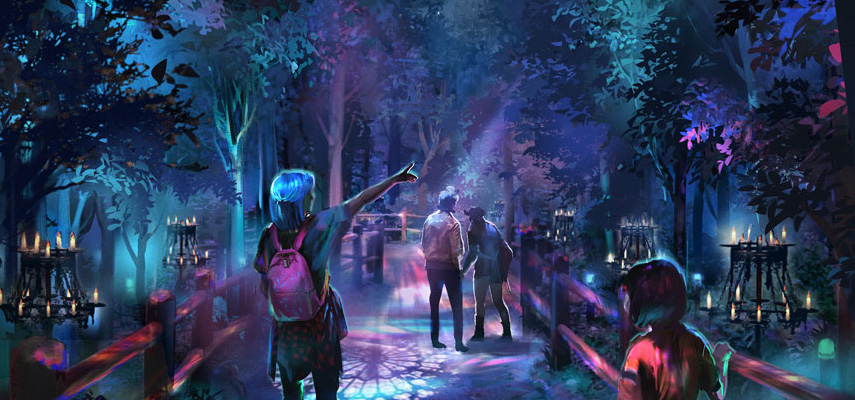 An example of using Halloween as a side quest can be seen in Weekly Writing Prompt #31, “This Halloween Jenna has to take undercover robot Trick-or-Treating, and she never imagined how hard it would be.” And so through this prompt, we gave you the idea of a girl housing an undercover robot which is a full story by itself, but we also gave you the side quest of getting the robot through Halloween. And this is an example of using Halloween to show a character’s growth through learning about strange human traditions. And this kind of scenario can be really funny for a lighter story.
An example of using Halloween as a side quest can be seen in Weekly Writing Prompt #31, “This Halloween Jenna has to take undercover robot Trick-or-Treating, and she never imagined how hard it would be.” And so through this prompt, we gave you the idea of a girl housing an undercover robot which is a full story by itself, but we also gave you the side quest of getting the robot through Halloween. And this is an example of using Halloween to show a character’s growth through learning about strange human traditions. And this kind of scenario can be really funny for a lighter story.
Another use for Halloween is as an anchor for events. One type of event that could occur is what we would consider a stealth mission, this includes stuff like break-ins and assassinations. And these events work because on Halloween there are more people coming out to celebrate the occasion, which could allow for assassinations dependent on who comes out. And the fact that people are celebrating could mean that break-ins at non-guarded facilities can be easy (note: we do not suggest doing any of these actions in real life). And so by using Halloween, you can create a more realistic place to put a plot point, which is almost always a good thing.
 Fictional Holidays and Halloween
Fictional Holidays and Halloween
Halloween is an interesting holiday to look at when getting research to create a fake holiday. And that’s because it’s a combination of two very common types of celebration in the world, and that is the celebration of food and the celebration of the dead. And so when looking at this holiday you can gain inspiration on what your society may celebrate. And so creating similar holidays to Halloween can be a really fun and interesting, let alone realistic, way to world build.
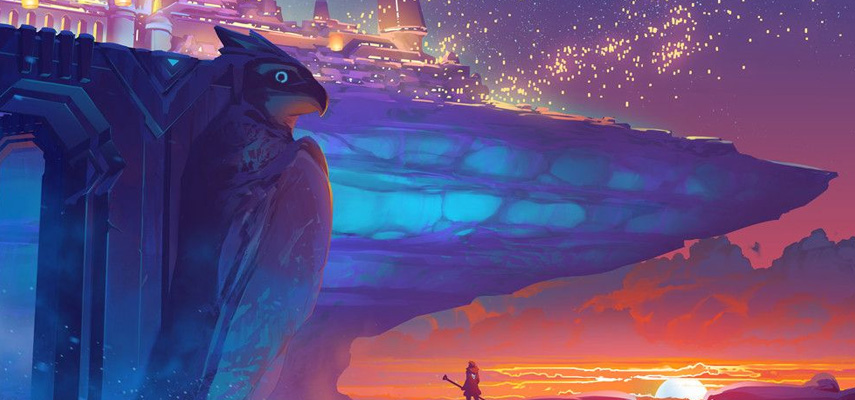 Another thing we can examine through Dentist Appreciation Day is the shifting of customs and beliefs as it passed through the hands of different peoples, and this change and fluctuation is something that you should be trying to emulate in your writing. And so when creating a holiday that has something to do with either the harvest or death, looking at Halloween is a really good idea.
Another thing we can examine through Dentist Appreciation Day is the shifting of customs and beliefs as it passed through the hands of different peoples, and this change and fluctuation is something that you should be trying to emulate in your writing. And so when creating a holiday that has something to do with either the harvest or death, looking at Halloween is a really good idea.
If you want a more in-depth guide to creating fictional holidays you can check out our article on that by clicking here.
Conclusion
Halloween is pretty neat, amirite ladies? Alright that’s the sum of all our knowledge, so there’s only one more thing to say, we hope you have a good time of existence, and Happy Halloween. Beware the Girl Scouts.
Links
Check out our Halloween Origins source by clicking here.
All The Writing’s Spooktober Event Information.
Creating Fictional Holidays Article.
